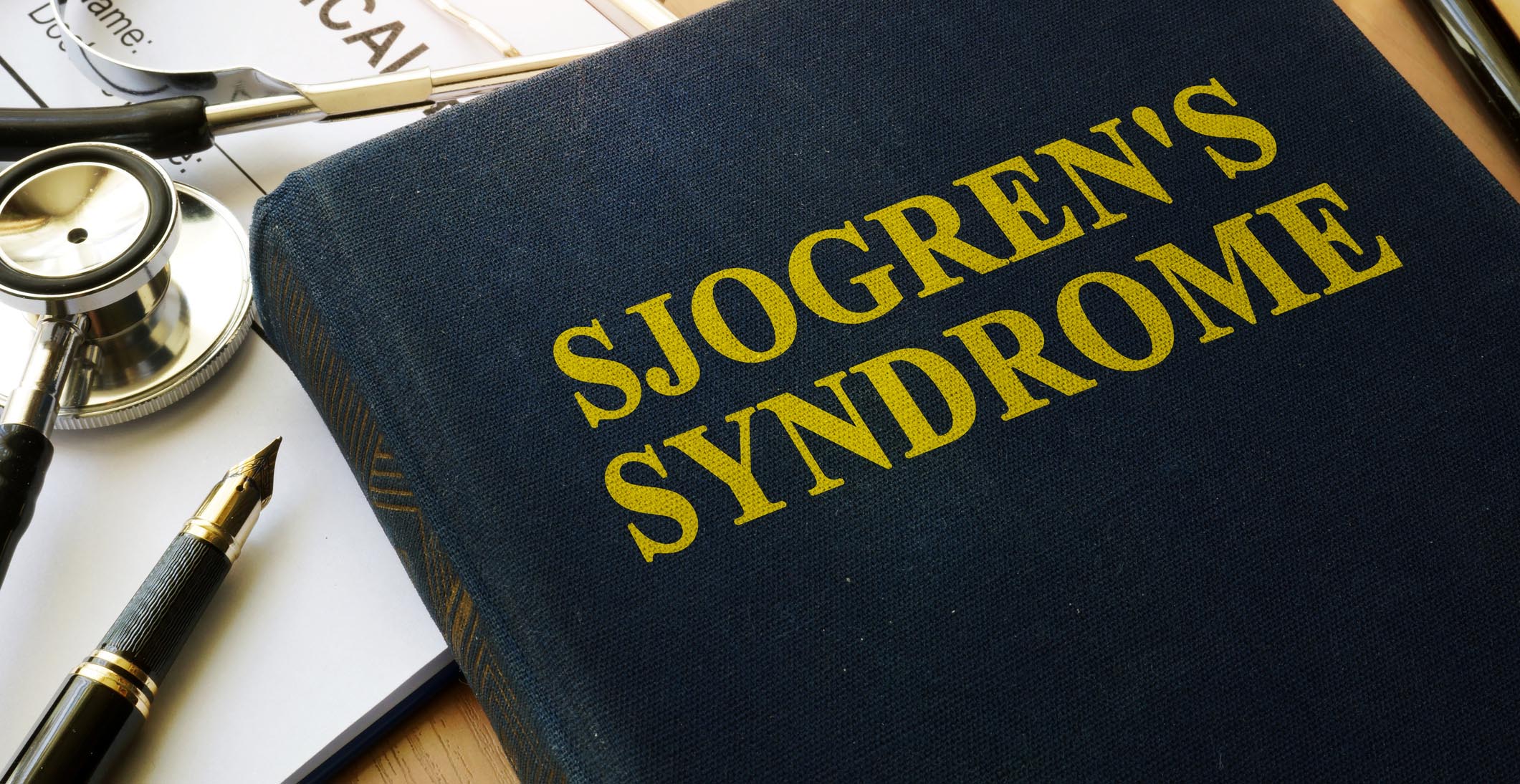The European League Against Rheumatism (EULAR) has recently published recommendations for the management of patients with Sjögren’s syndrome with topical and systemic therapies.
The therapeutic management of Sjögren’s syndrome has not changed substantially in recent decades: Treatment decisions remain challenging in clinical practice, without a specific therapeutic target beyond the relief of symptoms as the most important goal.
In view of this, EULAR supported an international taskforce to develop evidence-based and consensus-based recommendations for the management of patients with Sjögren’s syndrome with topical and systemic medications.
The taskforce developed three overarching principles and 12 specific recommendations for management of Sjögren’s syndrome.
The recommendations form a logical sequence, starting with the management of the central triplet of symptoms (dryness, fatigue and pain), followed by the management of systemic disease.
These have been informed by a specific systematic literature review on the efficacy and safety of topical and systemic interventions, although the high-quality scientific evidence focused on primary Sjögren’s syndrome patients fulfilling the currently-accepted sets of criteria was limited, noted EULAR.
However, the taskforce is convinced that adhering to these recommendations, including shared decision-making, assessing disease activity regularly with the EULAR Sjögren’s syndrome disease activity index (ESSDAI) instrument, and applying the sequence of drugs as proposed, will improve overall outcomes in a clear majority of patients with Sjögren’s syndrome.
New research information on treatment strategies, predictive markers and other aspects will soon become available and will probably require an update of the recommendations in coming years. Until then, EULAR hopes that the current 2020 recommendations will be broadly applied in clinical practice and/or serve as a template for national societies to develop local recommendations.
The three overarching principles are:
A. Patients with Sjögren’s syndrome should be managed at, or in close collaboration with, centres of expertise using a multidisciplinary approach.
B. The first therapeutic approach to dryness should be symptomatic relief using topical therapies.
C. Systemic therapies may be considered for the treatment of active systemic disease.
The 12 specific recommendations are:
1. Baseline evaluation of salivary gland function is recommended before starting treatment for oral dryness.
2. The preferred first therapeutic approach for oral dryness according to salivary gland function may be: Non-pharmacological stimulation for mild dysfunction; pharmacological stimulation for moderate dysfunction; saliva substitution for severe dysfunction.
3. The first-line therapeutic approach to ocular dryness includes artificial tears and ocular gels/ointments.
4. Refractory/severe ocular dryness may be managed using topical immunosuppressive-containing drops and serum eye drops.
5. Concomitant diseases should be evaluated in patients presenting with fatigue/pain, whose severity should be scored using specific tools.
6. Consider analgesics or other pain-modifying agents for musculoskeletal pain, taking into account the balance between potential benefits and side-effects.
7. Treatment of systemic disease should be tailored to organ-specific severity using the ESSDAI definitions.
8. Glucocorticoids (GCs) should be used at the minimum dose and length of time necessary to control active systemic disease.
9. Synthetic immunosuppressive agents should mainly be used as GC-sparing agents, with no evidence supporting the choice of one agent over another.
10. B-cell targeted therapies may be considered in patients with severe, refractory, systemic disease.
11. The systemic organ-specific therapeutic approach may, as a general rule, follow the sequential (or combined) use of GCs, immunosuppressive agents and biologics.
12. Treatment of B-cell lymphoma should be individualised according to the specific histological subtype and disease stage.
Reference: Ramos-Casals M, Brito-Zerón P, Bombardieri S on behalf of the EULAR-Sjögren Syndrome Taskforce Group, et al. EULAR recommendations for the management of Sjögren’s syndrome with topical and systemic therapies. Annals of the Rheumatic Diseases 2020;79:3-18.
Sjögren’s syndrome, a systemic autoimmune disease that affects between one and 23 people per 10,000 inhabitants in European countries, presents with a wide spectrum of clinical manifestations and autoantibodies.
Antinuclear antibodies are the most frequently detected autoantibodies, anti-Ro/SS-A the most specific, and cryoglobulins and hypocomplementaemia the main prognostic markers.
The histological hallmark is a focal infiltration of the exocrine glands by lymphocytes, determined by minor labial salivary gland biopsy.
The clinical scenario is dominated by sicca syndrome caused by immune-mediated glandular involvement, accompanied by fatigue, musculoskeletal pain and systemic features in a significant percentage of patients, and complicated by lymphoma in around 2-to-5 per cent of patients.













Leave a Reply
You must be logged in to post a comment.